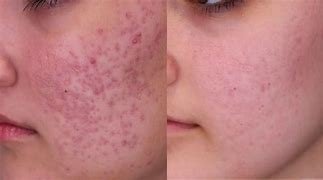Scar Treatment

What Is Scar Treatment
Scar treatment refers to a variety of methods used to improve the appearance, texture, and flexibility of scars caused by injuries, surgeries, burns, or skin conditions like acne. While scars are a natural part of the healing process, they can sometimes be raised, discolored, tight, or cause discomfort and self-consciousness. The goal of scar treatment is to minimize the visibility of scars and restore the skin’s natural appearance as much as possible.
Types of Scars
Hypertrophic Scars: Raised, red scars that stay within the boundary of the original wound.
Keloid Scars: Thick, raised scars that grow beyond the original wound area.
Contracture Scars: Often from burns, these can tighten skin and limit movement.
Atrophic Scars: Sunken or pitted scars, often caused by acne or chickenpox.
Stretch Marks: A type of scar that forms when the skin stretches rapidly.
Scar Treatment Options
1. Topical Treatments
Silicone sheets or gels: Help flatten and soften raised scars.
Scar creams with ingredients like onion extract, Vitamin E, or hyaluronic acid can improve skin texture over time.
Steroid creams: Reduce inflammation and flatten hypertrophic or keloid scars.
2. Injections
Steroid injections: Common for keloids and hypertrophic scars to reduce thickness and itching.
Fillers: Used for depressed or atrophic scars to add volume and smooth the skin.
3. Laser Therapy
Targets scar tissue to reduce redness, smooth raised scars, and improve texture.
Often used for acne scars, surgical scars, and burn scars.
4. Microneedling
Uses tiny needles to stimulate collagen production, improving the appearance of pitted or uneven scars.
5. Surgical Revision
Involves cutting out or repositioning a scar to make it less visible.
Often combined with other treatments for best results.
6. Pressure Therapy & Massage
Especially helpful in post-burn scars to prevent thickening and contracture.
Pressure garments and massage help soften and flatten scars over time.